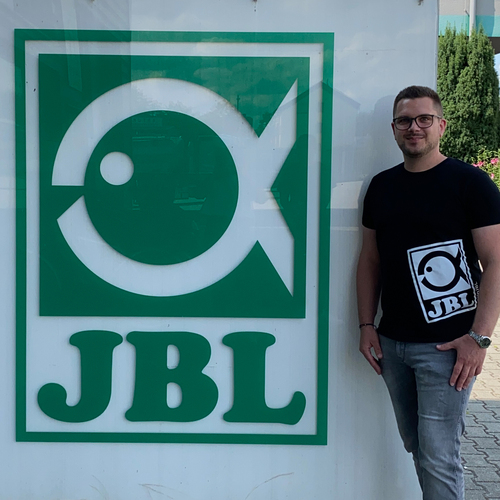From our hobby at home to the habitats of fish, reptiles and invertebrates. After 16 research expeditions, Heiko Blessin, biologist and Head of Research Expeditions at JBL, looks back with us on the data collected, observations and findings.
#jblexpedition
In episode #01 of TROPENFIEBER - Hobby meets Nature we delve straight in and draw connections between natural habitats and how we can implement them in our hobby.
You won't get a dry, technical lecture. It’ll be a lively presentation full of useful knowledge to benefit our hobbies, and tales of what we experienced on these journeys.
Our expert will explain how you can take part in the JBL expeditions, what dangers such a journey can entail and what prerequisites you should have.
Heiko will also tell you about potential destinations for upcoming JBL research expeditions and why they are being considered.
We'll talk about the previous trips, with a special emphasis on our last adventure in Colombia. This was conducted in November 2022 and the results of it will be published shortly. A preview of what the trip entailed and the prelude to the next episodes on TROPENFIEBER.
Further links
Outline of the JBL Expeditions: Expeditions
Travel report of the first Colombia expedition in February 2022: Expedition 2022 Colombia I
Travel report of the second Colombia expedition (available from Feb. 28, 2023): https://www.jbl.de/de/expedition-2022/detail/30/
Heiko Blessin on Facebook: https://www.facebook.com/heiko.blessin.7/?locale=de_DE

